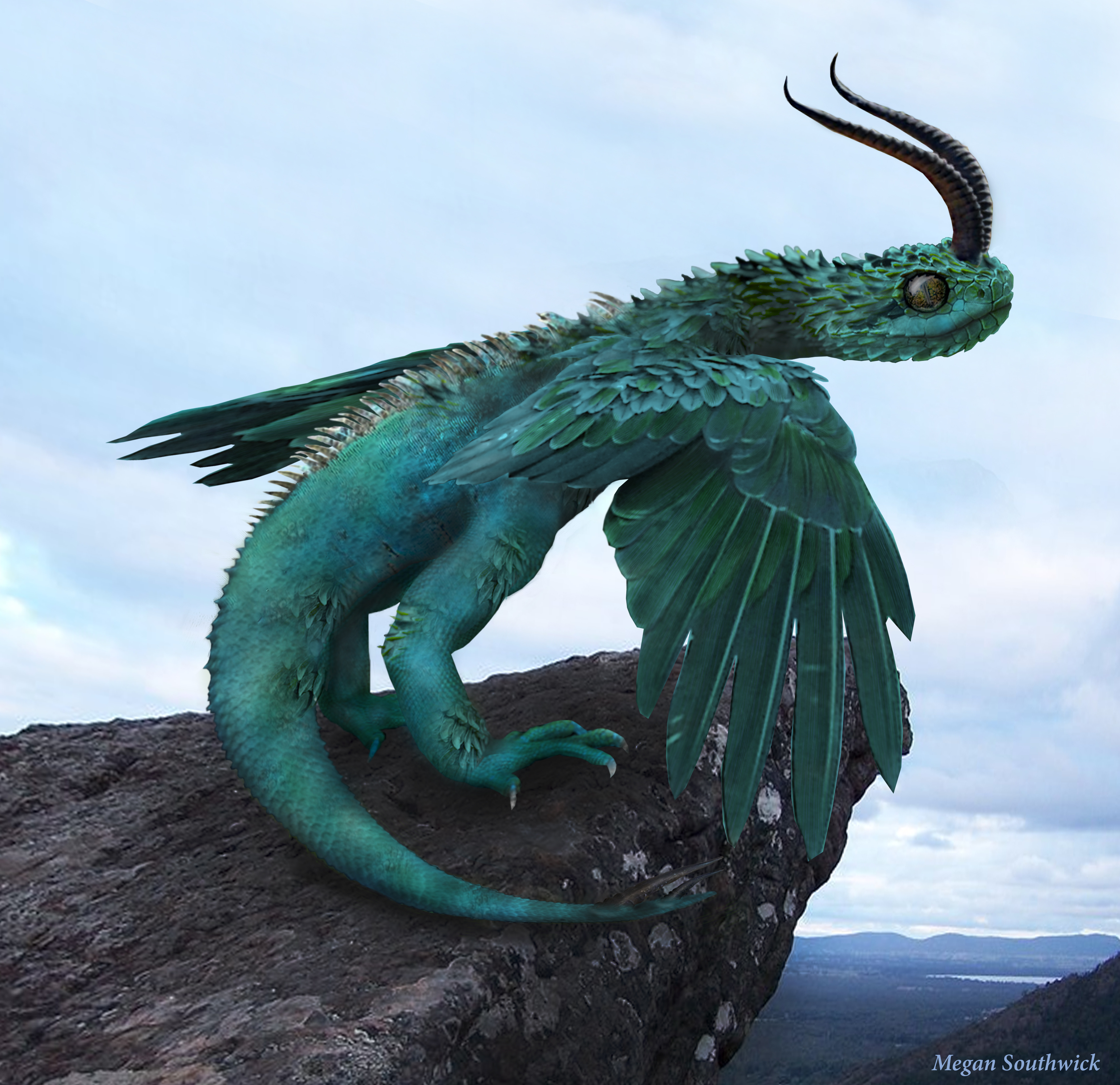

NIH considering restarting funding for human-animal chimera research

Then, when the rat stem cells are injected, the ones fated to become heart cells had less competition and outcompeted mouse cells to form the particular organ, including the heart, eyes, and pancreas. He and his colleagues therefore used CRISPR to knock out, in fertilized mouse eggs, at least one gene crucial for the development of a particular organ, like the heart. “To enrich the donor cells in the host, you need to disable the genetic program in the host embryo that gives rise to a particular organ,” Salk’s Wu said.

The credit for that likely goes to CRISPR, the powerful new genome-editing technology. The heart had the most rat cells - 10 percent. By age 2, the mice had some rat cells in their kidney, lung, pancreas, liver, and brain. Injecting rat pluripotent stem cells into mouse embryos produced rat-mouse chimeras. In the same paper, the scientists - working under Salk’s Juan Carlos Izpisua Belmonte - reported making rat-mouse chimeras, too. “The overall human contribution was very low, with what we estimate is less than 1 human cell per 100,000 pig cells,” and no human cells in the chimeras’ brains, biologist Jun Wu of the Salk Institute of Biological Studies, lead author of the Cell paper, said in an interview.īut that’s likely a floor, not a ceiling. And even the successes carried very few human cells. The attempts at human-pig chimeras failed more often than they succeeded. Policymakers likely have a lot of time to figure out their position. A White House spokesman did not immediately respond to a request for comment. It’s anyone’s guess as to what the new administration thinks about chimeras. But a bill introduced late in the last Congress would prohibit chimera research, with penalties of up to $1 million and 10 years in prison. That has no effect on experiments supported with private or state money. But the proposal was not finalized before the start of the Trump administration, which this week directed federal agencies not to issue final guidelines or regulations on any topic, so the 2015 ban stands. The NIH proposed lifting that moratorium last August, requiring additional oversight of chimera experiments and barring the use of human cells to create chimeras. (It wasn’t funding such research at the time.) This is how the human-pig chimera was created, with funding largely from foundations. That and other concerns led the National Institutes of Health to announce in 2015 that it would not fund experiments that put human pluripotent stem cells, those with the ability to morph into almost any kind of tissue or organ, into the early embryos of other animals. Much of the bioethics focus has been on what would happen if an animal had enough human brain cells to think and feel like a person - but a person inside the body of a monkey, pig, rat, or mouse. We’ve created human-pig chimeras - but we haven’t weighed the ethics All rights reserved.Exclusive analysis of biotech, pharma, and the life sciences Learn More Published by Oxford University Press on behalf of the National Academies of Sciences, Engineering, and Medicine. Here, we provide a review of some of the most important or widespread ethical concerns.Īnimal-animal chimeras, human dignity chimeras human-animal chimeras human-non-human primate chimera human-pig chimeras moral confusion moral status. Answers to these ethical questions are needed to inform the development of policies regulating human-animal chimera research and its applications. These developments raise important ethical questions about whether we should create such chimeras, and if so, how we should treat them.

Moreover, these chimeras include increasing amounts of human material, which is potentially present in more morally significant locations, such as the brain and the reproductive system. Though human-animal chimera research in small animals, such as mice, is routine, human-animal chimeric techniques are now increasingly being applied to larger animals. Most notably, recent developments may allow researchers to generate whole personalized human organs in pigs for the purpose of transplantation into human patients. Rapid advances in gene-editing and stem-cell technology have expanded the range of possible future applications in human-animal chimera research.


 0 kommentar(er)
0 kommentar(er)
